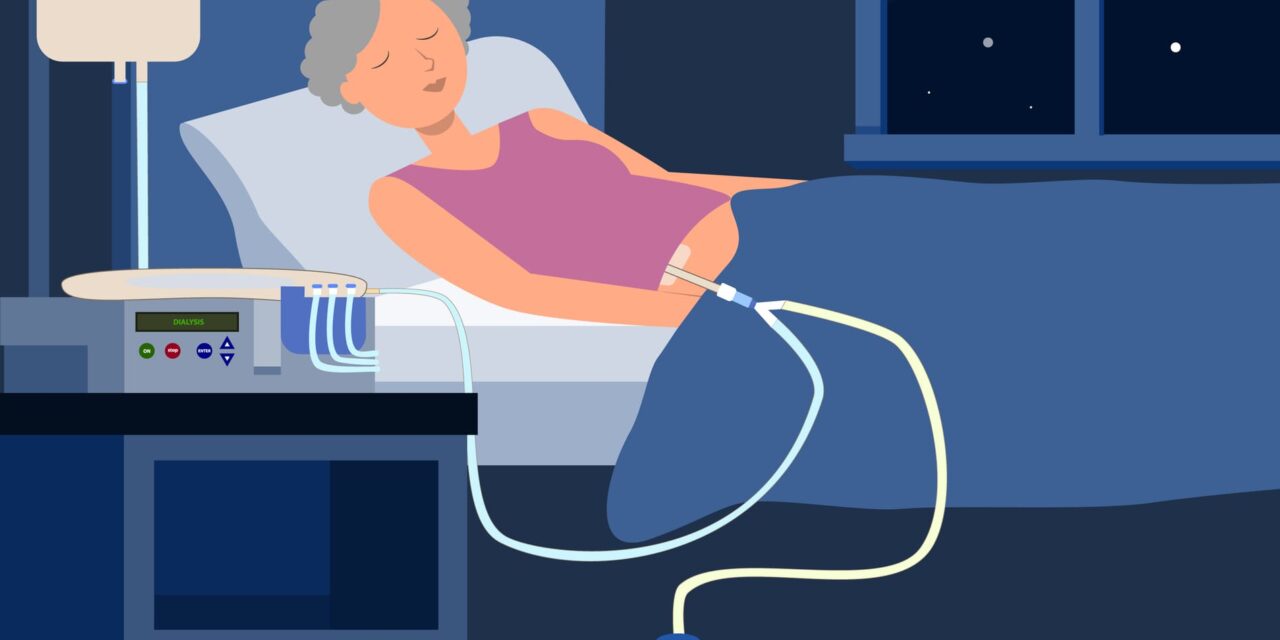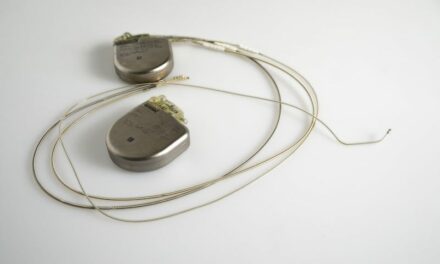Ongoing innovation is driving a new generation of dialysis systems designed to enhance patient safety and operational efficiency.
By Rajesh Govindan Adikesavan
Chronic kidney disease (CKD) affects roughly one in seven adults in the United States—an estimated 35 million people—and millions more worldwide. For patients whose kidneys can no longer effectively remove waste and regulate fluids, dialysis systems provide a lifeline by filtering the blood and maintaining electrolyte balance.
While traditional hemodialysis remains common, peritoneal dialysis (PD)—particularly automated peritoneal dialysis (APD)—is gaining ground as a home-based alternative that offers greater flexibility and independence. Using programmable cyclers, APD enables patients to receive treatment overnight while they sleep, minimizing daytime disruptions.
For healthcare technology management professionals, understanding how these machines are evolving is essential. Today’s APD systems incorporate smart sensors, connectivity, and telehealth integration to enhance safety, track performance, and streamline clinical oversight. Looking ahead, AI-driven analytics, robotics, and wearable dialysis technology promise to make treatment even more personalized, automated, and user-friendly.
APD Machines: Current Capabilities and Limitations
Modern APD cyclers offer an automated process of filling and draining the peritoneal cavity with dialysate solution, controlled and programmed by the machine with features like safety monitoring and electronic data logging. These features help the patients and caregivers operate the APD cyclers with ease. APD cyclers have been associated with favorable outcomes, like preserved residual renal function and lower peritonitis rates.
Integration with telehealth platforms allows APD cyclers to transmit real-time data to healthcare providers, enabling more proactive clinical management. As new technologies emerge, future APD systems will incorporate more automation and require less hands-on interaction from patients and caregivers.
While PD is one of the leading home-based dialysis options, it comes with its own set of challenges—medical, technical, and emotional—that can pose risks for patients:
- Risk of Infection: Peritonitis is one of the major risks associated with PD treatments. Connection/disconnection or from poor hygiene leads to contamination. Permanent damage to the peritoneal membrane can occur due to repeated infections. For these reasons, patients may choose to switch to hemodialysis.
- Technique Failure and Training Demands: Though considered home-friendly, PD requires patients or caregivers to learn and consistently follow complex treatment protocols. Errors that impact treatment effectiveness can occur if the patient has physical disabilities or cognitive impairments. Eventually, some patients experience “technique failure,” where PD is no longer effective due to scarring or reduced membrane function.
- Limited Suitability: Patients with prior abdominal surgeries, hernias, or certain medical conditions may not be eligible for PD treatment. Nutritional balance and fluid management may be difficult for patients with obesity or those needing high protein.
- Lifestyle Limitations and Burnout: Even though PD is considered more flexible than hemodialysis, PD still poses a significant lifestyle burden. Nightly or multiple daily exchanges, managing supplies, maintaining cleanliness, and dealing with fatigue may lead to burnout or anxiety.
Future of APD Machines
Remote Monitoring and Predictive Analytics
Artificial intelligence (AI) is redefining the future of peritoneal dialysis by bringing new precision to how treatments are managed and monitored. AI-powered cyclers can analyze real-time data—such as dialysate composition, ultrafiltration volume, residual kidney function, and blood pressure trends—and automatically adjust treatment settings as needed. The result is therapy that’s not only personalized but also dynamically responsive.
The most powerful advantage of AI is its capability to predict complications before they arise. The key to this capability is feeding the AI-powered cycler with large datasets, enabling it to detect minute changes that often occur before issues like peritonitis. Alerts to clinicians can be triggered when a change in dialysate clarity or flow rate is identified—or prompt the machine to modify dwell times. These AI features help reduce emergency visits, help prevent long-term damage, and improve patient safety.
In addition to clinical support, AI enhances patient independence through wearable biosensors. These devices track metrics like hydration, glucose levels, and blood pressure, feeding data directly to the AI system. Patients can receive real-time suggestions, such as adjusting fluid intake or activity level, empowering them to take a more active role in their care. Combined with clinical oversight, AI turns home dialysis into a more sustainable, confident, and patient-centered experience.
Robotics and Automation
Using APD machines at home for patients with CKD offers greater freedom, but not everyone finds the process easy. Manual steps required for setting up treatment are challenging for patients with visual impairments or limited mobility, especially when there is no caregiver assistance. This is where robotics and automation will play a pivotal role in transforming the experience.
A robotic system can help minimize contamination and improve patient safety by automating the connection and disconnection of catheters, steps with the highest infection risk. Moreover, robotics can manage tasks like dialysate bag handling and disinfection routines, which offer a high level of precision and consistency that manual procedures lack.
The future of robotics in PD is even more promising. An automatic medication dispenser coordinated with the dialysis schedule eliminates guesswork and improves treatment adherence. Touch-sensitive guidance and voice-activated interfaces minimize training time and build confidence. Smart sensors and built-in cameras might even detect setup errors, patient movement, or changes in the environment and respond accordingly.
Together, these innovations aim to make home dialysis safer, easier, and more inclusive. By removing physical and cognitive barriers, robotics helps ensure that more patients, regardless of ability, can take control of their treatment and maintain a higher quality of life.
Portable and User-Friendly Devices
The key to improving long-term APD adherence will be designing patient-centric APD machines. Lightweight, battery-powered, and equipped with wireless connectivity, portable APD machines—which are under development—will help patients who travel, work irregular hours, or live in remote areas. Mobile apps synchronized to APD devices will allow patients to track treatment, receive alerts and reminders, and communicate securely with care teams.
Experimental wearable APD systems under development promise continuous dialysis with minimal lifestyle disruption, reshaping home dialysis care’s practicality and perception. Experimental wearable APD systems will potentially change home dialysis drastically. These body-worn compact devices aim to provide continuous dialysis throughout the day, minimizing burden and eliminating the need for bulky equipment and overnight therapy.
If commercialized successfully, wearable systems could offer:
- True mobility, enabling dialysis on the go.
- Reduced treatment fatigue and increased lifestyle flexibility
Conclusion
For people with CKD, APD machines make a significant difference by simplifying dialysis treatment. The current technology helps the patient and the doctors stay connected, enabling safe and effective treatment.
New advancements with the latest technologies like AI, robotics, and wearable devices could revolutionize how dialysis treatment is performed, making treatment smarter, more personalized, and less disruptive to patients’ lifestyles. Wearable APD systems will be lightweight with no restriction to mobility, enhancing patient lifestyle.
While there is still work to be done before these technologies become widely available, they look promising for home dialysis.

About the author: Rajesh Govindan Adikesavan is a senior technical manager with 23 years of experience, of which over 19 years were in the medical device industry, with a particular focus on design and development of medical devices. His professional expertise encompasses the end-to-end development of medical technologies, prototyping, testing, and launching the product. He has led multiple initiatives to ensure alignment with evolving global standards, notably contributing to the implementation of European Union Medical Device Regulation compliance programs. He holds a master’s degree in applied electronics from Anna University, Chennai, India.
ID 243050939 © Orathai Yingyoud | Dreamstime.com





